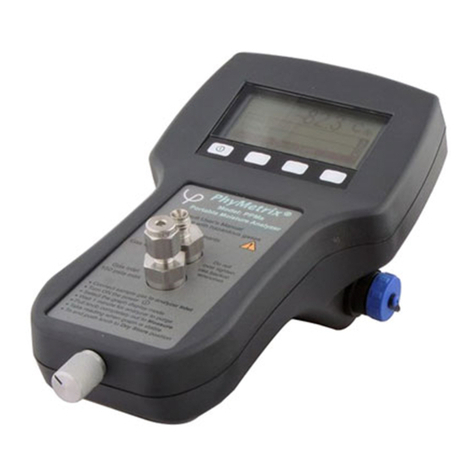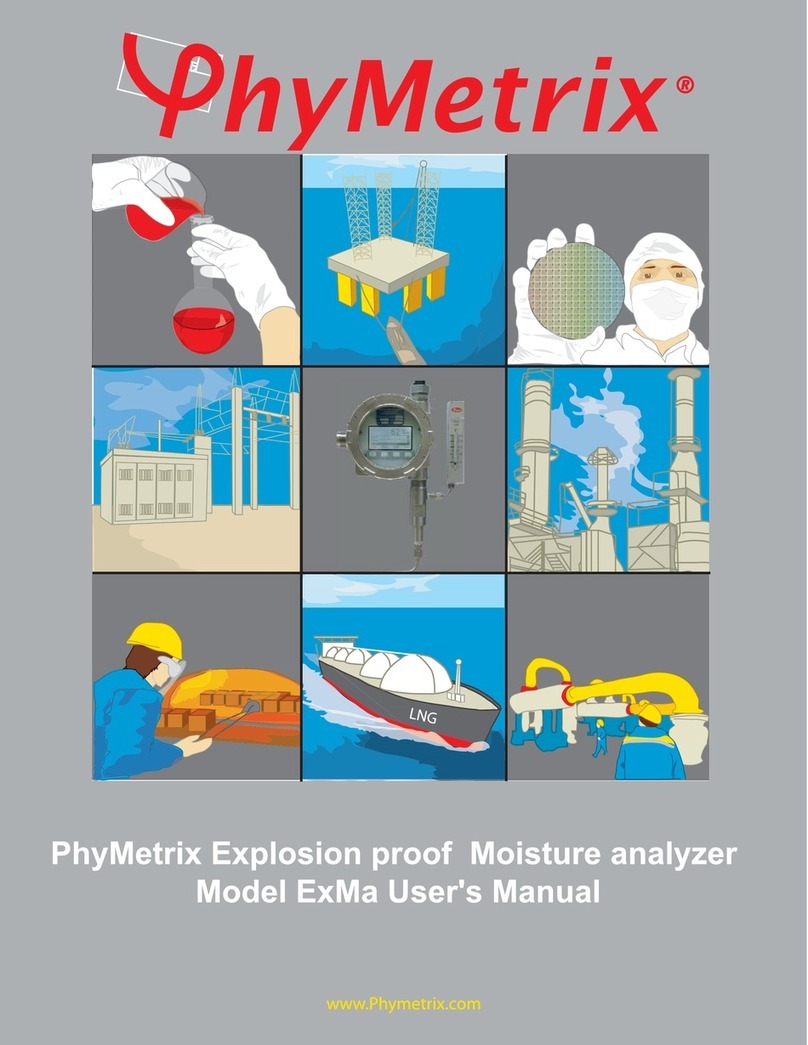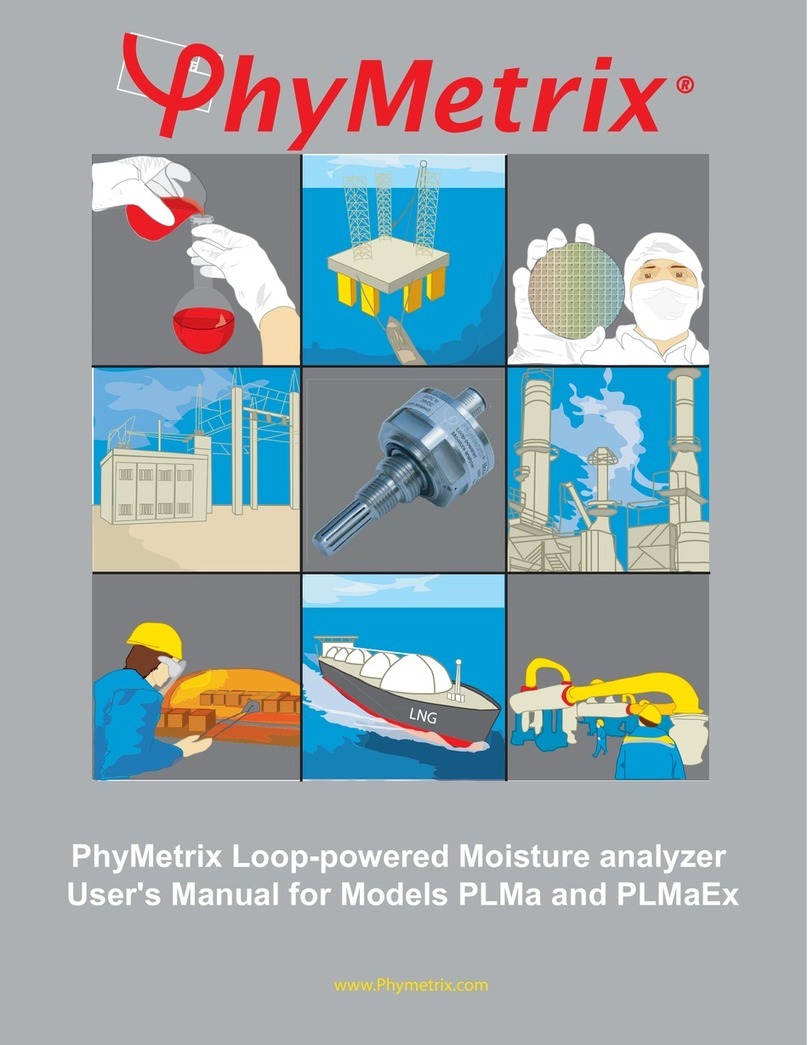
Revision #2 April 2021
Table Of Contents
1Introduction............................................................................................................................. 1
2Important Principles of Operation .......................................................................................... 2
2.1 Sensor Operating Principle............................................................................................... 2
2.2 Sampling Mechanism Operating Principle ...................................................................... 2
3Precautions ................................................................................................................ 2
4Moisture System Considerations ............................................................................................ 3
4.1 Integrity of the Materials of the User’s System ............................................................... 3
4.2 Moisture Backflow Along the Walls of the Exhaust Tubing ........................................... 3
4.3 Temperature Dependant Equilibrium............................................................................... 4
5Sampling Techniques.............................................................................................................. 4
5.1 Choosing a Measurement Site.......................................................................................... 4
5.2 Sample Conditioning........................................................................................................ 4
5.3 Tubing and Fittings .......................................................................................................... 5
5.4 Sample Pressure ............................................................................................................... 5
5.5 Measuring Gasses at Pressures above 50 psia.................................................................. 6
6User Interface Overview ......................................................................................................... 7
7Operating the Analyzer ........................................................................................................... 7
7.1 Mechanical Connections .................................................................................................. 8
7.2 Powering the Analyzer ON or OFF.................................................................................. 8
7.3 The Display Mode............................................................................................................ 9
7.4 Units to Display the Measurement ................................................................................... 9
7.5 Pressure Correction ........................................................................................................ 10
7.6 Navigating Through the Menus...................................................................................... 12
7.7 The Functions Available in the Menus .......................................................................... 13
7.8 External Connections ..................................................................................................... 15
7.8.1 USB - Battery Use & Charging .............................................................................. 15
7.8.2 4/20mA Loop .......................................................................................................... 16
7.8.3 Alarm Relay............................................................................................................ 16
7.9 AudioVisual Alarm (NFPA compliant) ......................................................................... 17
8Data Logging ........................................................................................................................ 17
8.1 Single Data Point Log .................................................................................................... 17
8.2 Continuous Data Logging .............................................................................................. 18
8.3 Retrieving the Data / Clearing the Memory................................................................... 19
8.4 Logging Data Directly into a Personal Computer.......................................................... 19
9Single Point Calibration........................................................................................................ 19
10 Troubleshooting and Maintenance........................................................................................ 20
10.1 Cleaning...................................................................................................................... 20
10.2 Recharging the Battery ............................................................................................... 20
10.3 Self Diagnostics.......................................................................................................... 21
10.4 Suspected Erroneous Measurements .......................................................................... 22
11 Specifications ........................................................................................................................ 24
Appendix A Mini-Demister ..................................................................................................... 25
Appendix B DewPatrol Rear View.......................................................................................... 26
Appendix C Manual Calibration Procedure ............................................................................ 27
Appendix D Analyzer Calibration Log.................................................................................... 28































